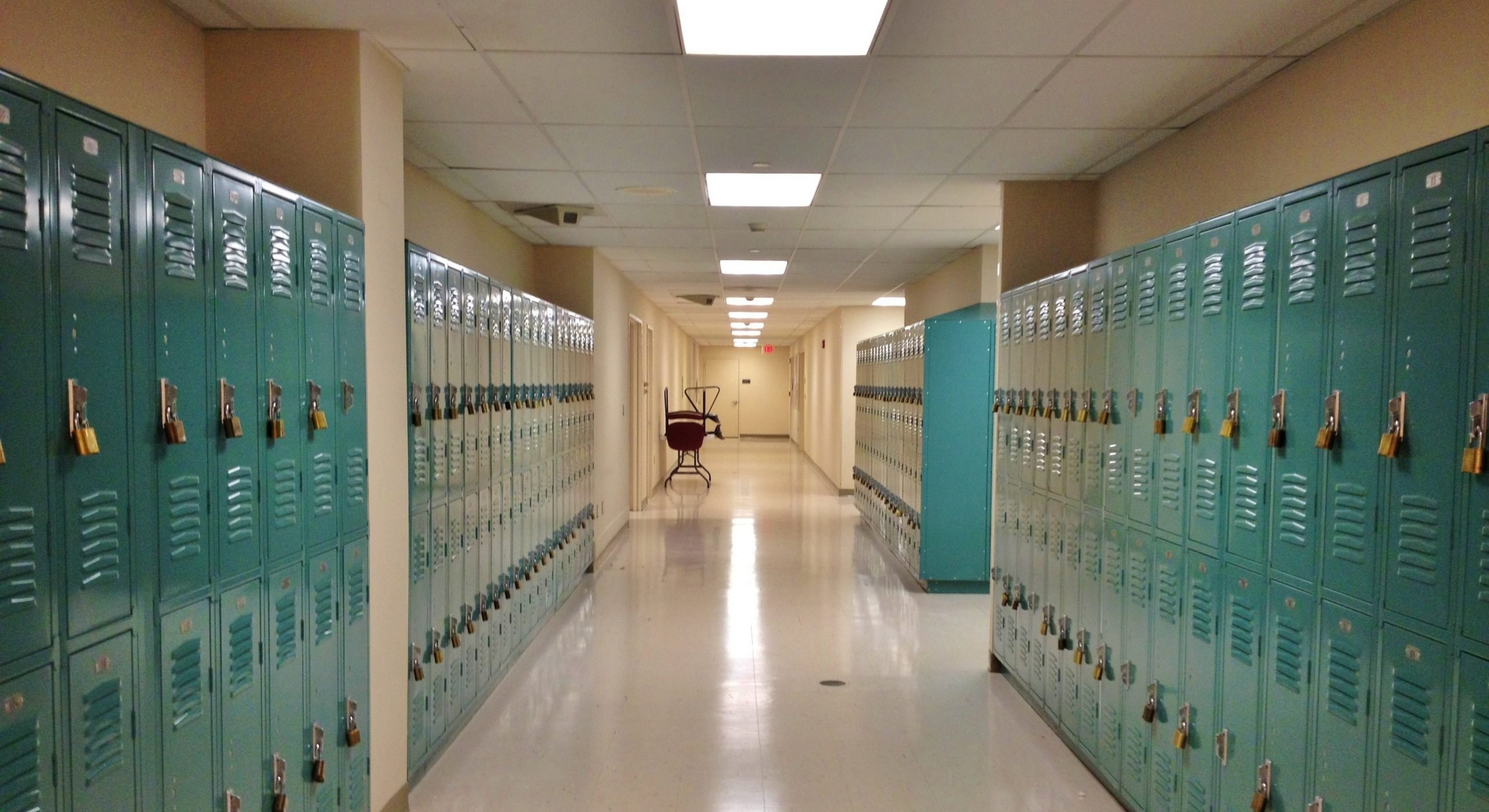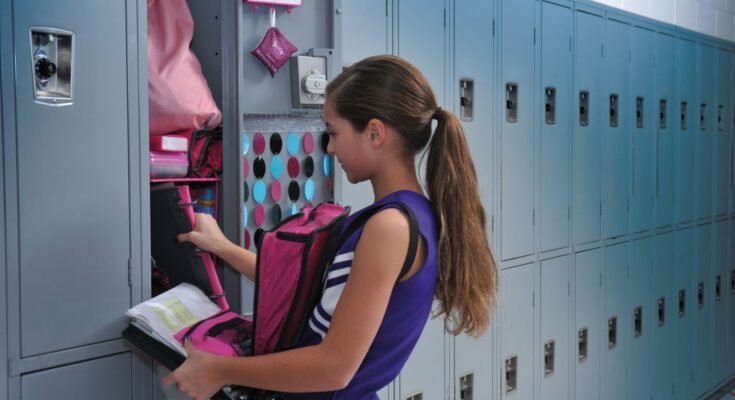Lockers play a crucial role in various settings, providing individuals with a secure and convenient means to store their personal belongings. Whether in schools, gyms, workplaces, or public areas, lockers offer peace of mind and organization.
In this comprehensive guide, we will explore the different aspects of lockers Melbourne, including types, sizes, locking mechanisms, material quality, customization options, installation, and maintenance tips. By the end of this guide, you will have all the information you need to make an informed decision when purchasing lockers for your specific needs.
Section 1: Types of Lockers
When it comes to lockers, there are several types available, each with its own set of features and benefits. The most common types include metal, plastic, and wood lockers. Metal lockers are known for their durability and strength, making them suitable for high-traffic areas. Plastic lockers, on the other hand, offer resistance to moisture and are often used in wet environments such as swimming pools or outdoor areas. Wood lockers provide a classic and aesthetically pleasing look, ideal for upscale facilities.
The choice of locker type depends on the intended use and the environment in which they will be placed. Metal lockers are versatile and can withstand heavy use, making them a popular choice for schools and gyms. Plastic lockers Melbourne are perfect for areas with high moisture levels, while wood lockers add a touch of elegance to upscale settings such as spas or country clubs.
Section 2: Locker Sizes and Configurations
Lockers come in a variety of sizes and configurations to accommodate different storage needs. Standard locker sizes range from small, single-tier lockers for personal items to larger, multi-tier configurations for storing bags and equipment. When choosing the right size office lockers, it is essential to consider the intended use of the locker. For example, in a school setting, smaller lockers may be suitable for storing books and personal items, while larger lockers may be needed for sports equipment in a gym or athletic facility.
Section 3: Locking Mechanisms
Locking mechanisms are a critical aspect of lockers, as they directly impact security and ease of use. Traditional key locks provide a simple and straightforward method of securing lockers, requiring a physical key to open and close. Combination locks offer the convenience of not needing a key, as they rely on a numerical code to access the locker. Electronic keypad locks take security to the next level, allowing for programmable codes and audit trail capabilities.
When considering locking mechanisms, it’s important to weigh the pros and cons of each type. Traditional key locks are reliable but may pose a risk of lost keys. Combination locks eliminate the need for keys but require the memorization of a code. Electronic keypad locks offer advanced security features but may require power sources and regular maintenance.

Section 4: Material Quality and Durability
The material quality of lockers directly impacts their durability and longevity. High-quality materials are essential for ensuring that lockers can withstand daily use and environmental factors. Factors such as resistance to corrosion, impact resistance, and maintenance requirements should be taken into consideration when evaluating the material quality of lockers.
Metal lockers are known for their durability and resistance to impact, making them suitable for high-traffic areas. Stainless steel, in particular, offers excellent corrosion resistance, making it ideal for humid environments. Plastic lockers are resistant to moisture and corrosion, making them suitable for outdoor or wet areas. Wood lockers, while offering a classic and elegant look, require regular maintenance to preserve their aesthetic appeal.
Section 5: Customization Options
Customization options for lockers allow individuals and businesses to tailor the lockers to their specific needs and preferences. From choosing colors that complement the surrounding environment to adding labeling for easy identification, customization options offer flexibility in locker design. Additional features such as built-in charging outlets or ventilation can further enhance the functionality of lockers.
When considering customization options, it’s important to assess the specific requirements of the intended use. For example, in a workplace setting, the ability to customize lockers with company colors and logos can help reinforce brand identity. In schools, labeling options can assist students in identifying their assigned lockers easily.
Section 6: Installation and Maintenance Tips
Proper installation and maintenance are crucial for ensuring the optimal performance and longevity of lockers. During installation, attention should be given to ensuring that lockers are securely anchored and level to prevent any safety hazards. Following manufacturer guidelines and recommendations for installation is essential to guarantee the structural integrity of the lockers.
Maintenance tips for lockers may include regular inspections for signs of wear and tear, cleaning and sanitizing procedures, and addressing any issues with locking mechanisms promptly. By staying proactive with maintenance, the lifespan of lockers Melbourne can be extended, and potential problems can be addressed before they escalate.
Conclusion
In conclusion, the selection of lockers involves considering various factors such as types, sizes, locking mechanisms, material quality, customization options, installation, and maintenance. By understanding the different aspects of lockers and their significance in different settings, individuals and businesses can make well-informed decisions when purchasing lockers.
It is essential to assess specific needs and requirements to ensure that the chosen lockers align with the intended use and environment. With the information provided in this guide, readers are equipped to navigate the process of selecting and purchasing lockers with confidence.



